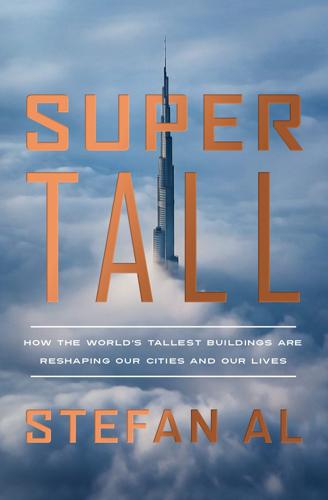plyscraper
description: a skyscraper made primarily of timber, especially cross-laminated timber
2 results

Supertall: How the World's Tallest Buildings Are Reshaping Our Cities and Our Lives
by
Stefan Al
Published 11 Apr 2022
Surprising to many, mass timber performs well in a fire, unlike small-sized lumber, because the char forms a protective barrier that prevents the fire from reaching the interior. Recently, code provisions have been approved for the 2021 International Building Code to allow mass timber for buildings up to 18 stories. Several countries already have “plyscrapers” this size, with larger ones to come. In 2017, a 170-foot-tall student residence was completed at the University of British Columbia in Vancouver. It was created about four months faster than typical buildings of similar dimensions, thanks to the prefabricated elements and the light weight. In 2019, Norway overtook the record for the tallest mass timber building with a 280-foot-tall building in the town of Brumunddal, which includes a hotel, restaurants, offices, and apartments.
…
In Toronto, designers for a proposed 35-story timber tower, a wooden exoskeleton inspired by Khan’s tube, wanted to reduce the amount of structural material. They added a tuned mass damper. It would have allowed them to use only half of the amount of timber material.18 Together, the tuned mass damper and the timber would consume less carbon than a purely concrete building would. With new and greener “plyscrapers,” we may be able to apply other innovations as well. CCTV Headquarters, Beijing, OMA, 2012 Supertall towers have a structural efficiency of their own. Most engineers are excited about the design of supertall skyscrapers because they tend to be almost perfect expressions of structure. In typical projects, engineers are tasked with calculating the sizes of columns and walls when the architect has already completed most of the design.

Nomad Century: How Climate Migration Will Reshape Our World
by
Gaia Vince
Published 22 Aug 2022
Building from wood actively locks in carbon, in contrast to concrete and steel, which are together responsible for 13 per cent of global emissions. One study found that using wood to construct a 120-metre skyscraper could reduce the building’s carbon emissions by 75 per cent. Wood is also lighter, faster and versatile – wooden skyscrapers, or ‘plyscrapers’, are under construction across the globe from Norway to New Zealand, made from cross-laminated timber (CLT) stuck together with fire-resistant glue, which is as strong as structural steel and better at withstanding fires (steel can buckle and even melt). Most of our new housing could be kits of light, five- or six-storey blocks built from CLT, enabling rows of street housing to go up in days.